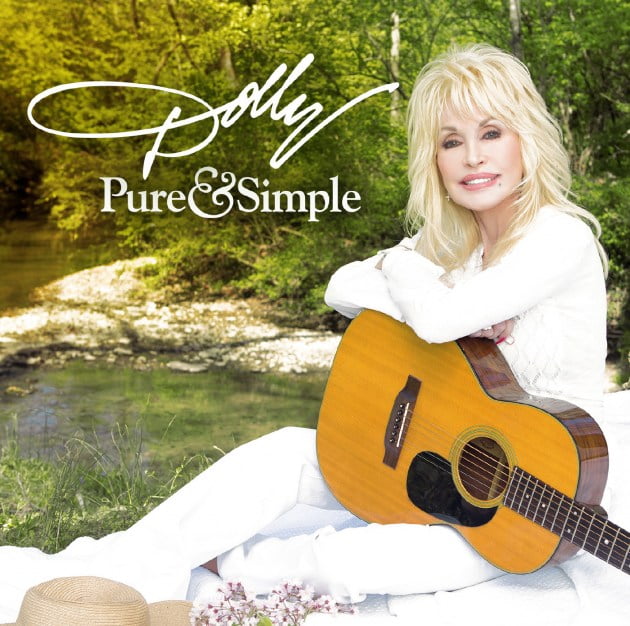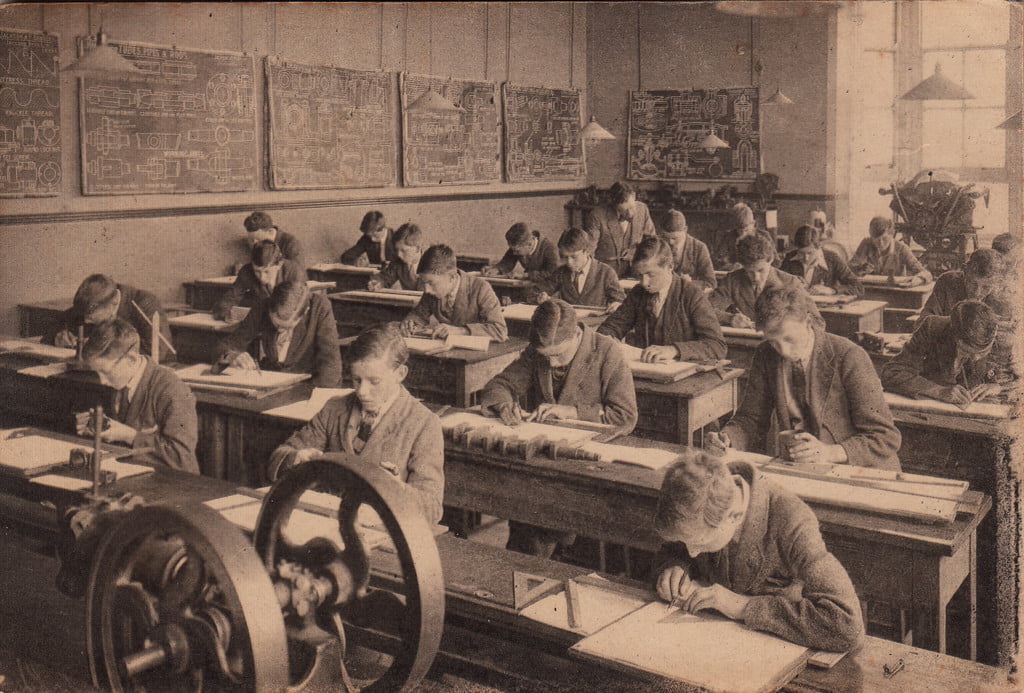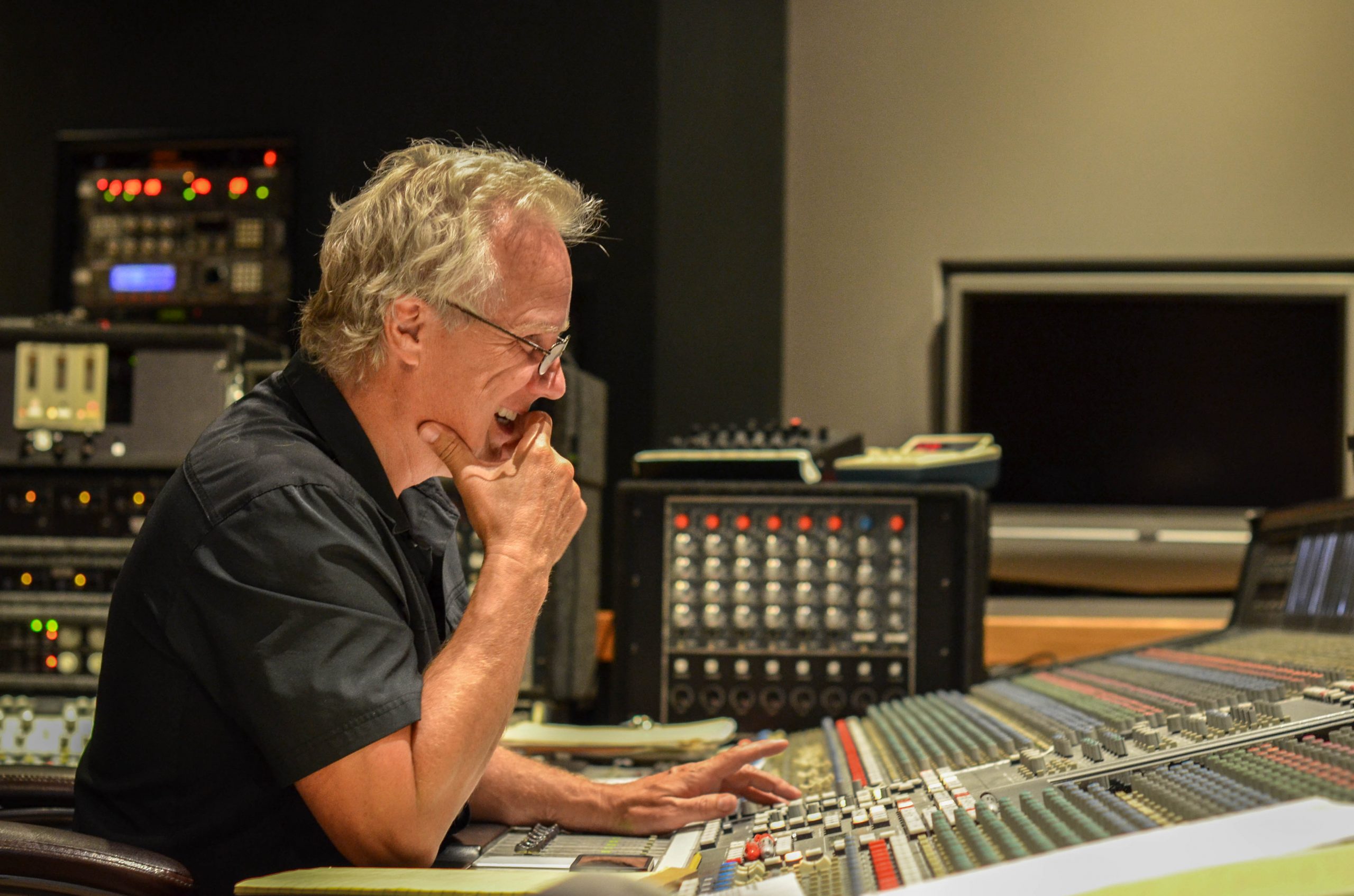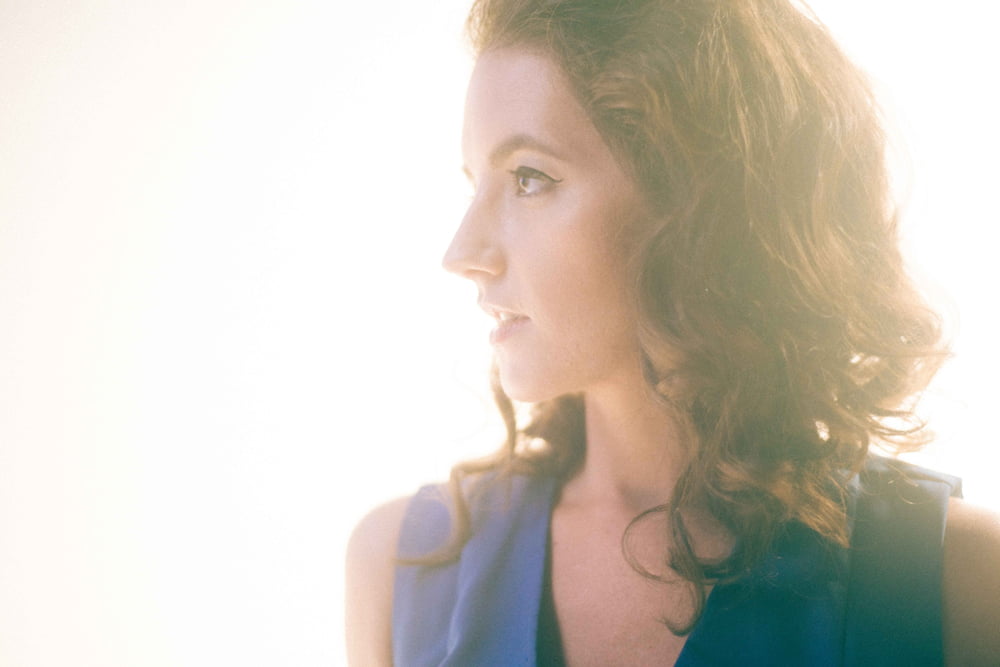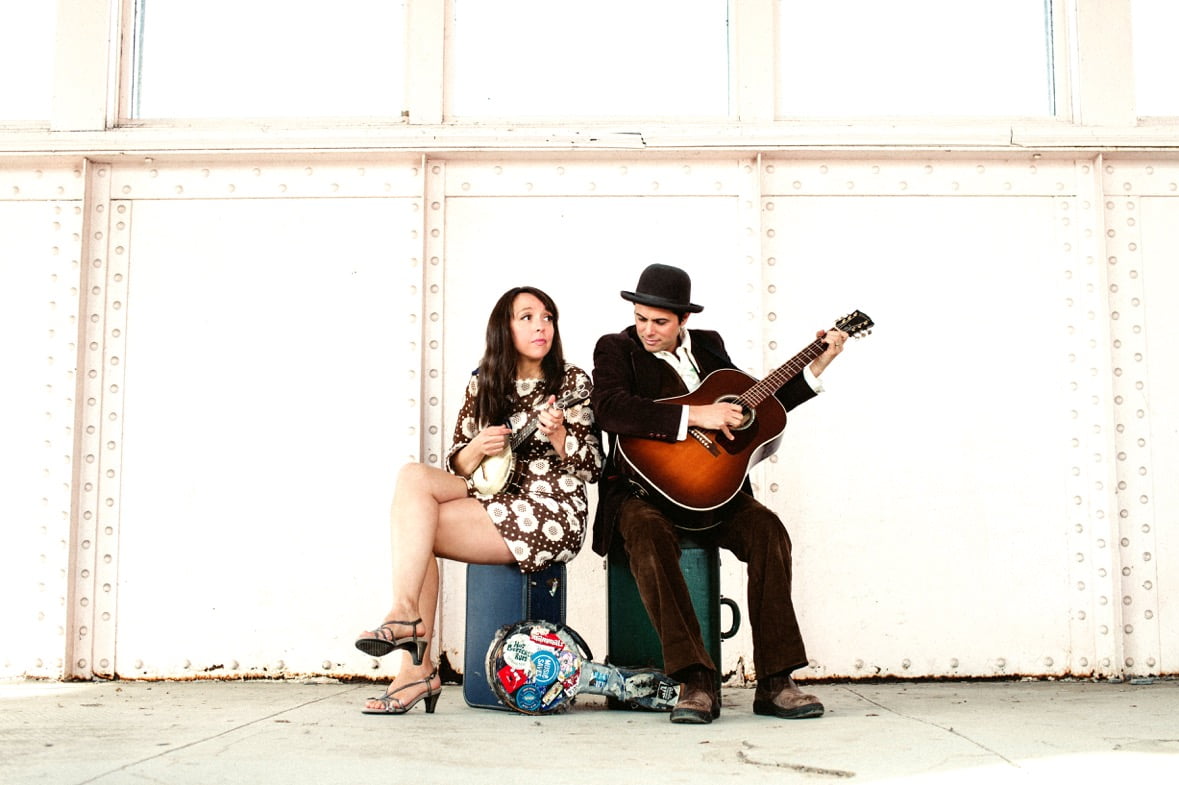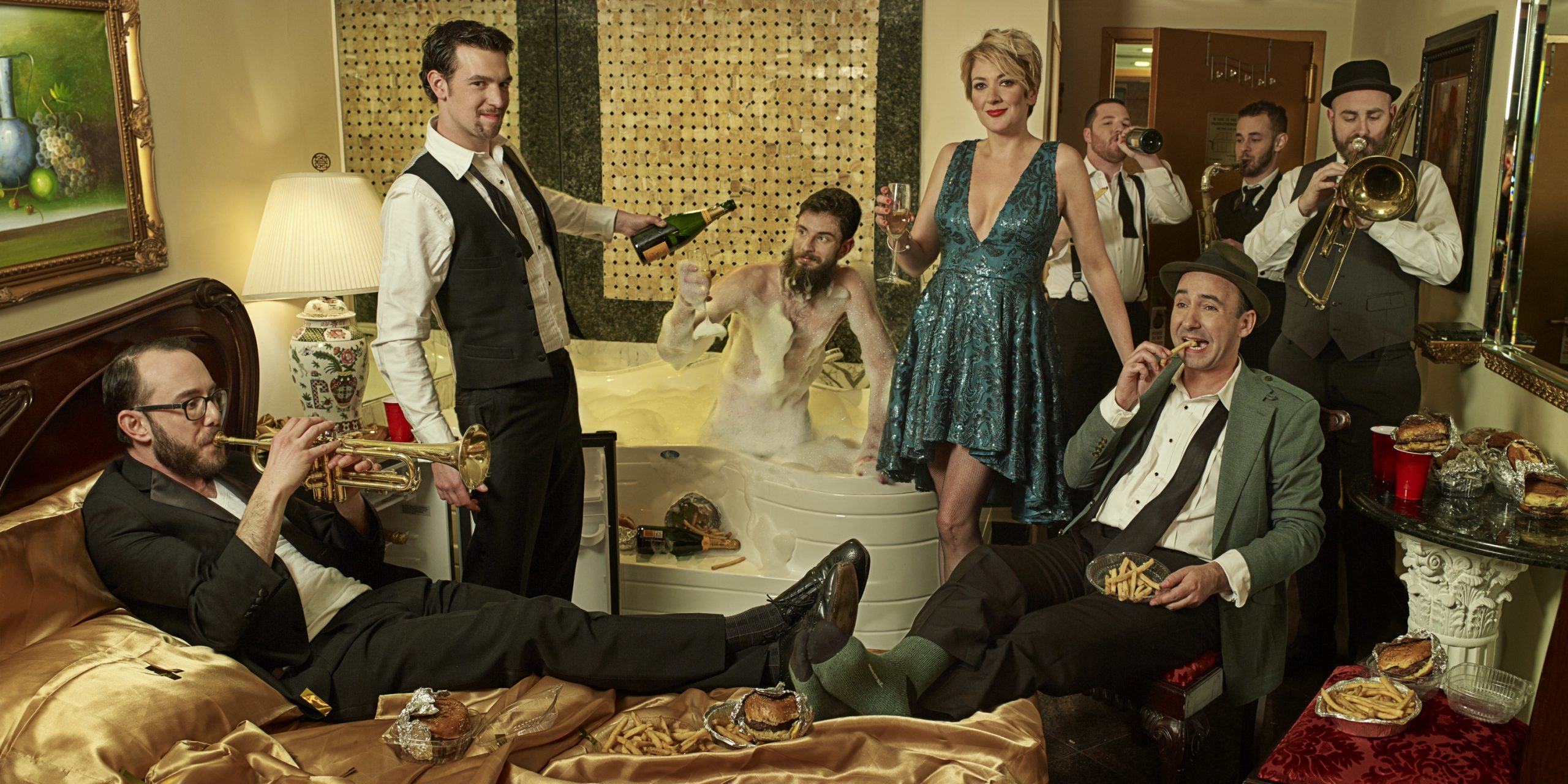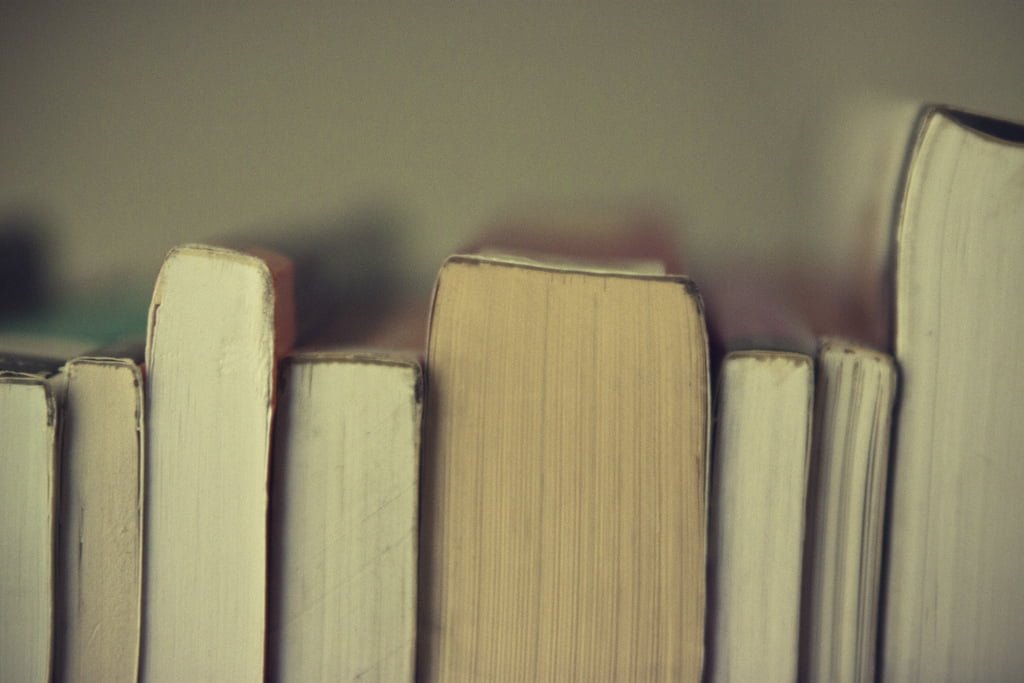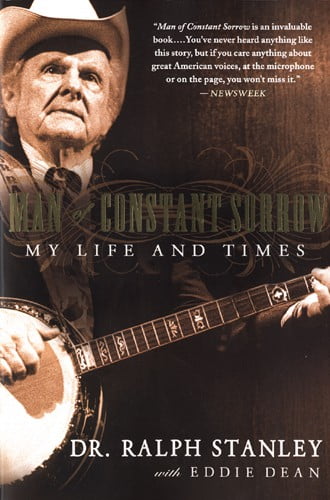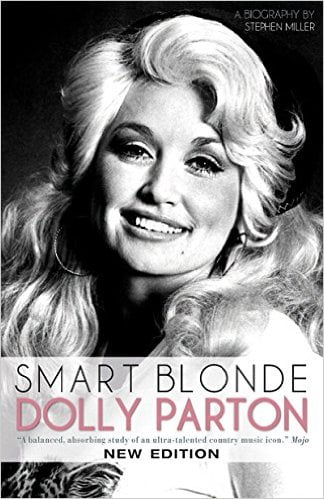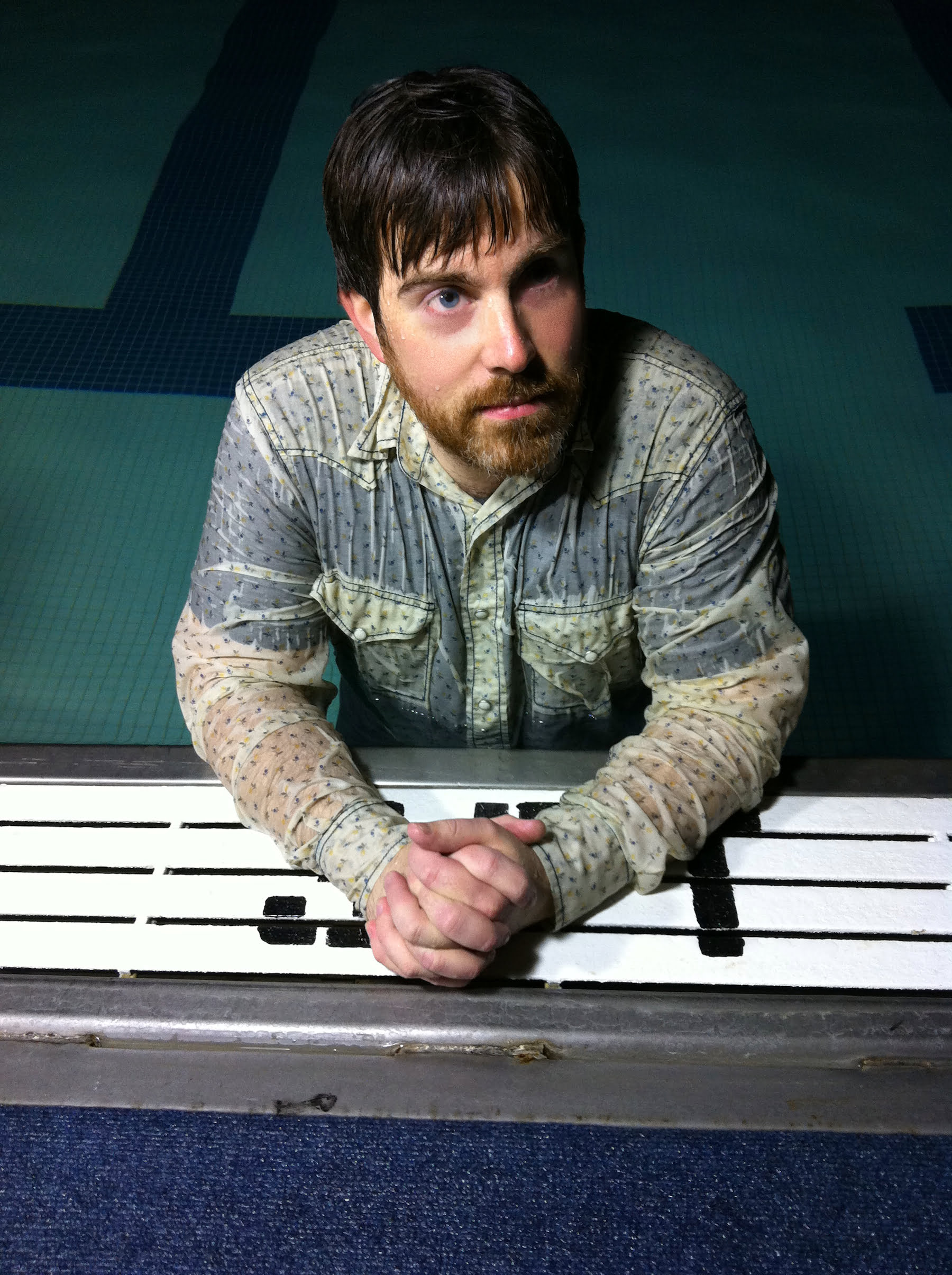It’s almost a cliché to say, but Gary Paczosa wears many hats. He’s a producer who has helmed albums for an array of artists, most recently Sarah Jarosz’s Undercurrent and Parker Millsap’s The Very Last Day. He’s an engineer who has worked with many more artists. He’s an A&R rep for Sugar Hill Records, signing and developing others.
And if that’s not enough, he also runs something like a bed & breakfast at his home in Nashville, a kind of home-away-from-home for local musicians and traveling acts alike. That means cooking and cleaning, making beds, washing towels and linens, mixing cocktails, and even supplying the beer. “I brew my own beer,” he says, adding that, “I’ve got four on tap. Funny how important that’s become.”
Paczosa records most, if not all, of the albums he works on at his home studio, which means there are always musicians lurking around the house. “Even if they’re off making a record of their own with someone else, they’ll come by in the evening and we’ll hang out, talk about what they’re doing in their sessions and listen to what we’re doing in our sessions. It’s a unique situation, and I think the people who stay here really love it for that. It’s a lot of work, but it’s a good way to participate in what’s going on.”
Paczosa has slowly built this community up over long years in the business, playing multiple roles that allow him to work closely and repeatedly with artists representing several generations. A Colorado native and nephew of the country singer Michael Johnson, he started working as an engineer in the 1980s, eventually winning a Grammy in 2000 for producing Dolly Parton’s The Grass Is Blue. Since then, he has worked with some of the biggest names in the Americana field, including Joey + Rory, the Steep Canyon Rangers, Kathy Mattea, and the Lonesome Trio.
His range is considerable, but to each project, Paczosa brings a remarkable facility for emphasizing the interplay between so many instruments and instrumentalists, whether it’s a bluegrass outfit or a rock band. He can make even the biggest superstar sound like they’re tearing it up right in your living room.
I wanted to start by asking about Sarah Jarosz’s new album, which has a much more minimal sound than her previous efforts. What kinds of conversations did you have with her before you went into the studio?
There were a lot of discussions that started about six months before we even went into the studio. She came through Nashville and played through 12 or so songs in the studio, and we talked about the direction she wanted to go. She knew she wanted to make a very minimalist record. I’m always pushing her to explore other instruments and other approaches, and in the past, we’ve managed to create some new textures combining different sounds. We really went back and forth, because I felt like I wanted to push her further than where we were on the last record, and I thought she was going backwards. In truth, we ended up somewhere right in between. There was a lot of debate about drums or no drums, and I even tried adding them to a few tracks. Actually, it was more just percussion that I was pushing for. In the end, though, she decided not to go that route. I think it serves the record really well, and what people are grabbing on to is the fact that that stuff isn’t there.
When you’re having that kind of disagreement, how do you know when to argue for something and when to back off?
In this case, we started working together when she was 16. This is our fourth record together so the point, first and foremost, is growth. I’m responsible on the A&R side of things to bring in a record we can sell, because that’s what we do at the label. We sell records. If the artist provides the right material, then we can go to radio and have a much better chance of success. We want to make sure we can further her career and bring people out to see her play live. The record is the main tool, so I argue for those elements that I think will help. It’s a tough place for me to be, because I never want to be seen as the label guy. I want to be seen as the collaborator in the studio. So I have to be there to make the best record for her. It’s Sarah’s name on the album cover, so it has to be her vision. It’s her record, so we just have to find something that makes us both happy. Ultimately, it really is up to her what the final product is.
It seems like you really have to balance these different roles, which could potentially have very different goals, or it could give you an interesting perspective.
It’s a perspective that’s really interesting today because it’s so hard to sell records. Sarah wants to be successful selling records. That’s one of the rewards of making a great album, but it’s certainly no indicator of what makes a great record. Sarah treats records as a whole collection, top to bottom, not just an iTunes project where we know people are going to only download their top three tracks or put one or two songs on a playlist. For her, it’s all about a complete musical statement.
In the studio, though, we treat everything song-by-song. That’s just how you have to work. But then you can look at the bigger picture once you get deep into the process and say, "We’ve got a lot of ballads here, so we definitely need some uptempo songs right here." You’re trying to balance it all out. As far as what you’re looking for at the record label, it’s just anything that might work at radio. Our formats are Americana and, hopefully, Triple A.
Can you tell me about recoding these songs — in particular, how you approached tracking the instruments on the record? That’s such an important aspect to so much of your work, that fine placement of instruments.
We definitely wanted as many live performances as we could get on the record. We didn’t want it to sound labored or worked over or overthought, so the point was just to get great live performances — and also to have the musicians play together, whenever possible. Sometimes that’s not always possible, but my favorite songs on this record are the ones that were performed live. Like “House of Mercy,” which was live on the floor with vocals and guitars and bass. It really makes that track special. You can hear that interplay between them. They’re not separated in the booths, but are sitting in the same room face-to-face. You always want that. You always want to get live performances, but I would say it’s possible only about 50 percent of the time. The musicians might not quite know it or they might need more time to get the guitar part down so they can focus on the vocals.
That seems to be the approach you took with Parker Millsap’s record, which sounds very different but plays up that same dynamic.
That record was very similar in that we wanted live performances. I always admire records that do sound live. There are a lot of rough edges and stuff that might be out of tune or out of time, and they don’t fix it. I’ve spent so many years fixing that stuff and trying to make everything maybe not perfect, but close to it. Parker’s record was really fun, because we stuck to the plan to stay live with everybody in the room together.
Part of the process of producing records is one, casting musicians, and two, setting up where you’re going to record. Sarah’s always at my house because she’s comfortable in my studio there. It feels like home to her. We’ve talked about going different places, maybe out of time, but she says it’s home to her, so we just do it here.
But for Parker, we talked about going to Echo Mountain in North Carolina. There was also a studio in Texas, but when I mentioned Lousiana and Lafayette, Parker jumped at that. He’s from Oklahoma, and it just felt like a natural place where we could bring these songs to life. Where we were played into how that record came out — not only because of the studio, but because of the food and the people and the culture around Lafayette. I definitely hear that.
Do you always leave it up to the artist to decide where you go, or do you have any say?
Honestly, it’s usually about the budget. If there’s room in the budget to go somewhere else, I’ll suggest some good places to record, like Echo Mountain. With Sarah, I suggested a few places because we’d already done three records at my place and I thought we needed to change things up. But when I heard the songs she was bringing in and realized it was going to be a bit more sparse, I thought about it and agreed with her that we should stay here. But you have to make sure you’re taking someone somewhere they’re going to feel at home. If you end up going to a place that doesn’t fit an artist, it just won’t work out.
I would imagine that would keep things fresh for you and keep you from getting into too much of a routine in the same space all the time.
Very much so. That is a big part of my reasoning in going elsewhere: I want to be pushed and I want to be stretched. New spaces inspire new ideas. I co-engineered these records with Shani Gandhi, who I’ve worked with for three years now. She really pushes me to try different things. I have a couple of approaches on every instrument that work for me, that are my go-tos. But the point is to try to come at it from another angle. On both of these records, Shani was great at pushing me and coming up with ideas of her own. Co-engineering is fairly new to me, but I’m trying to give her more latitude to pitch sound and production ideas. She was a big part of both of these records. She comes out of a rock world, where she was working with a metal producer. And she’s Australian and has very different musical tastes than I do, so even though we’re in this acoustic world, there’s a lot of what she learned elsewhere that we apply to this. She doesn’t always know the different musicians that I’m talking about — and she might not always know the band we’re referring to — but she’s coming at it from the outside and, therefore, brings a very different take.
How did you get started in this field?
Even when I was a young kid, I knew that music was going to be a big part of my life. I took music lessons and worked hard at that for a while, but it just wasn’t a natural fit. I loved music, especially Pink Floyd and Emerson Lake and Palmer records, which just sounded beautiful. They were layered with amazing textures, so I would listen and try to figure out how they created them. I went to a couple of different schools for engineering, then moved to Nashville and ended up working with Dolly Parton and Alison Krauss. In the beginning, it was a lot of country records, some Christian stuff, some rock, but then a record came through our studio called Strength in Numbers. It was Jerry Douglas, Sam Bush, Béla Fleck, Mark O’Connor, and Edgar Meyer. I spent two weeks working on that just as an engineer, but that’s the first time it really clicked for me. This is what I wanted to do. This is what I wanted to be a part of. So I gravitated toward those types of projects, using gear that was suited for acoustic music. I’m pretty lucky, because it’s been an amazing career making records that I would actually go out and buy.
How have things changed during that time?
Funnily enough, I would say the biggest difference is that I’m alone in the studio. Twenty years ago, we were recording to tape, and you couldn’t save a lot of options. You have to work a lot harder with a band or, if you’re doing overdubs with the singer, you’ve got to really work hard to get things exactly the way you want them. You can’t just do take after take. Nowadays, when you have a workstation, you can keep every take and pretty much make anything happen, any kind of performance. If I have enough versions of a take, I can move things around and piece it all together in a way that makes for a great performance. I don’t necessarily think that’s better or worse, but I do miss the days when you worked harder on takes and you couldn’t manipulate it the way you can today. So now I spend a lot more time in the studio by myself.
Plus, 20 years ago, it always seemed like you were in a studio with other rooms around you, multiple studios in the same building, so the camaraderie informed what you were working on. You’d bump into people and invite them to come over and play on your record. So today, on the plus side, I work at a studio in my house, and the bands I work with just stay there, along with other musicians who are traveling through town. Parker might stop by and cut a song with Sarah. The house is full all the time with people passing through.
You seem to have reached a good balance between the technical and artistic aspects of the job.
It’s a good balance for me because I work with the right artists. I’m a producer now more by default — partly because of smaller budgets and partly because I have a home studio. But I don’t really see myself as a producer, certainly not first and foremost. I’m an engineer first and a producer second. I work with the artists more in a collaborative capacity. It’s never just my vision. It’s harder to balance that with my A&R responsibilities, but the label is very forgiving when I’m working on an album. They allow me to be away and not be chained to a desk. I’d much rather be chained to the console.
Photo courtesy of Gary Paczosa

